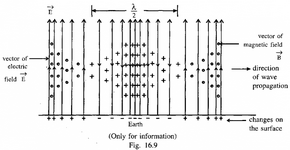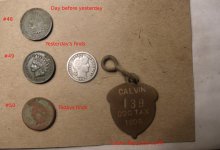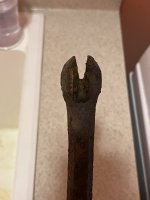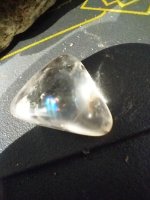EE THr
Silver Member
Re: discussion on the various possible theories that may be applicable to LrL's
JP---
I should add that, as I tried to point out to you, if there is radiation generated by the precipitation, it would be abundant in what was shown in the video.
In other words, if you can't detect it by the means I mentioned, and as shown in the video, then there will not be enough to be detectable in the soil example you gave.
Right?
JP---
I should add that, as I tried to point out to you, if there is radiation generated by the precipitation, it would be abundant in what was shown in the video.
In other words, if you can't detect it by the means I mentioned, and as shown in the video, then there will not be enough to be detectable in the soil example you gave.
Right?








